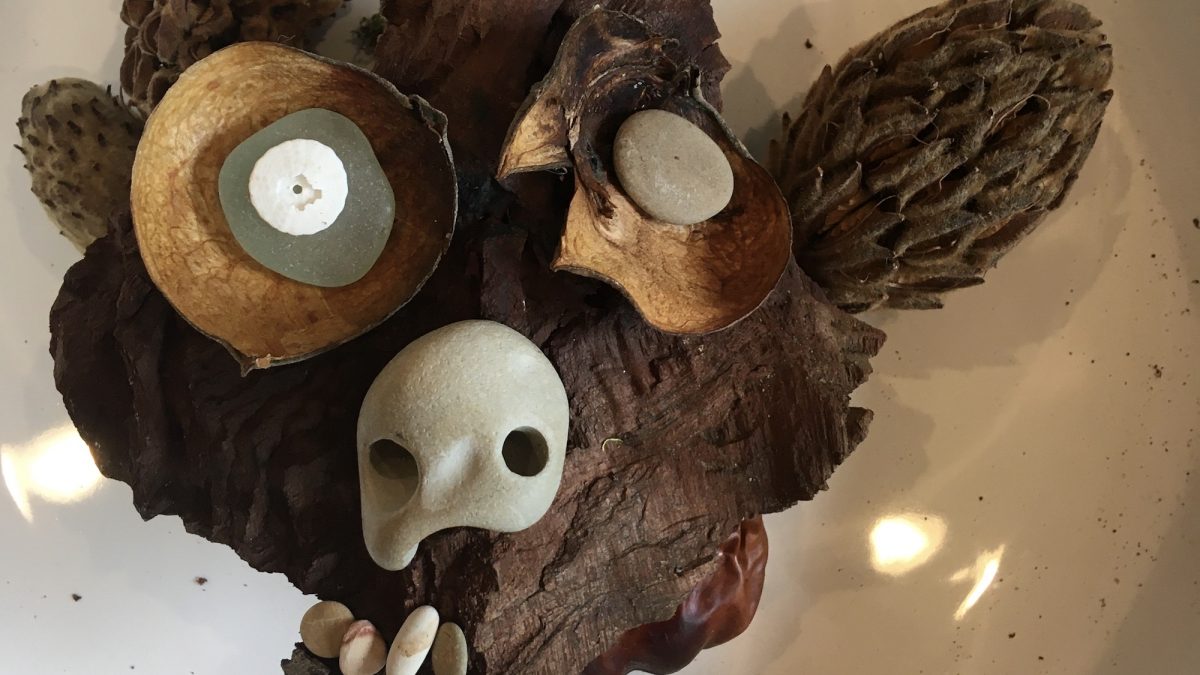Nature Faces
{8 minutes}
Nature Faces
Nature is looking back at you all the time
The video explores this practice in depth.
Giuseppe Arcimboldo, sixteenth-century Italian painter, liked to paint faces out of other things that were not, in fact, faces. I love making faces out of objects from nature because it is so much fun and so unexpected, and because there is a teaching in this. What you’ll need is simple: a plate, and objects from the living world. You can make a game out of this, the gathering. We have several bowls of gathered items at our home. Seedpods, leaves, antlers, bones, feathers, stones, shells, bits of wood, moss, acorns, seeds, pinecones, pieces of driftwood, lichen, sweetgum balls. The gathering connects you to place, because you can only gather what is here. This is something you can do with children. And as you gather, consider, what would make a good nose? An eyebrow? It invites close observation, tactile awareness. As you turn an object in your fingers, considering it from different angles and orientations, and what it could become, you are practicing pattern language. And there is something more here, something perceptual. Nature Faces is, in a way, the simplest example of an ecosystem. Each object has a meaning in and of itself (to itself), yet together these objects form something emergent, greater than the sum of their parts. You can ask kids to reflect on this, and what it means for something to have an identity in and of itself, as well as to be part of something larger. As humans, what are we part of that is larger? What are they part of? A family? School? Community? Eco-system? How many layers are there to this? What would it look like to map all of the greater systems of which they are a part? There are many directions that this kind of mentoring question can take you in. This activity also encourages perceptual flexibility, as we learn to toggle our vision back and forth from the pieces (which are also wholes) to the whole (the face). Is our sense of self connected to the part? Or to the whole? Enjoy!
Related Practices:
Related to other creative practices of all kinds, as well as Observe Closely and Pattern Language.Photography: Stein Egil Liland | Licensed from Pexels.com, used with permission.


